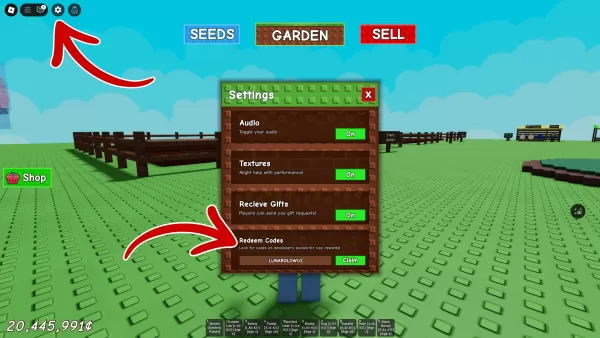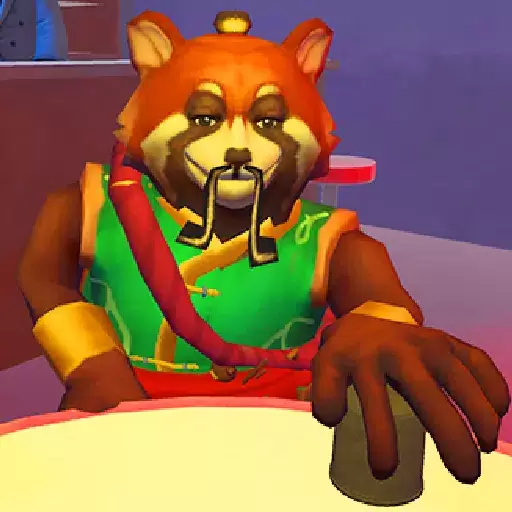Minecraft has captivated gamers worldwide, but its journey to becoming a cultural phenomenon was anything but straightforward. The story of Minecraft began in 2009, and since then, it has evolved through various development stages, attracting players of all ages. In this article, we'll delve into how a single individual created a game that revolutionized the gaming industry.
Table of Contents
- Idea and First Implementation
- Active Audience Recruitment
- Official Game Release and Success on the International Stage
- Version Chronology
Idea and First Implementation
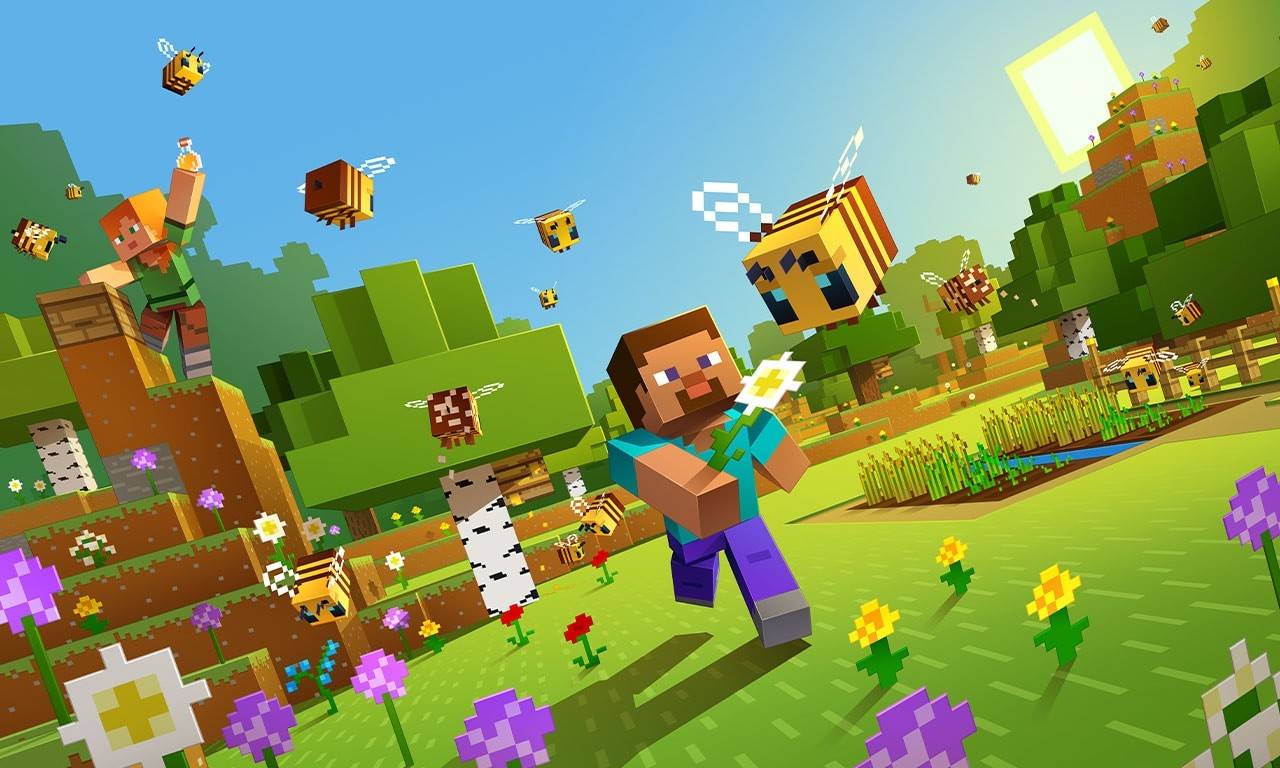
Image: apkpure.cfd
Minecraft's story starts in Sweden, crafted by Markus Persson, who goes by the alias Notch. In an interview, he shared that his inspiration stemmed from games like Dwarf Fortress, Dungeon Keeper, and Infiniminer. His goal was to create a game that allowed players to freely build and explore.
The first version, an alpha release, launched on May 17, 2009. Notch developed this during a break from his job at King.com, using the official game launcher. This initial version was a simple pixelated sandbox, and its building aspect quickly caught the gaming community's attention. Players started to explore and engage with Markus Persson's innovative world.
Also read: Minecraft journey in invisible form: an overview of the invisibility elixir
Active Audience Recruitment
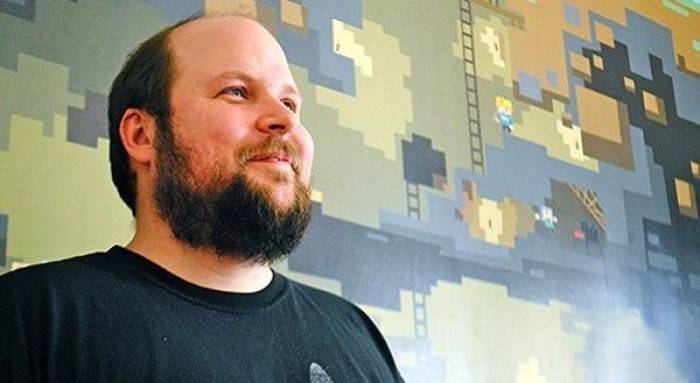
Image: miastogier.pl
Word of mouth and online posts fueled Minecraft's rapid rise in popularity. By 2010, the game moved into beta testing, and Notch founded Mojang to focus solely on its development. The game's unique concept and endless creative possibilities set it apart. Players recreated everything from personal homes to iconic landmarks and entire cities, marking a significant milestone in video gaming. A crucial update was the introduction of Redstone, enabling players to engineer intricate mechanisms.
Official Game Release and Success on the International Stage
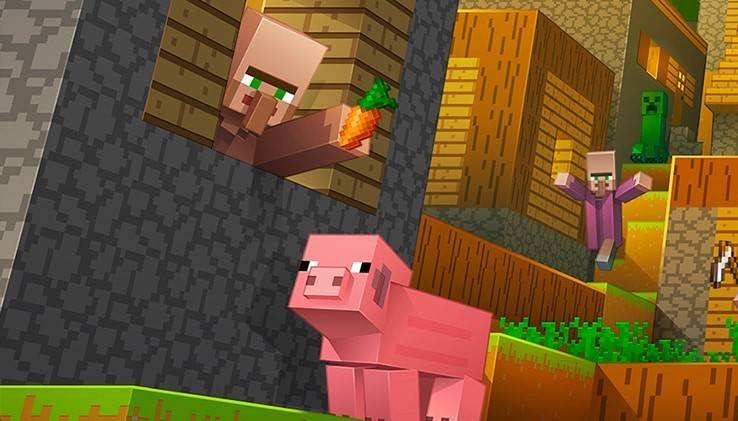
Image: minecraft.net
Minecraft officially launched with version 1.0 on November 18, 2011, boasting a community of millions. This fanbase became one of the most active and largest in gaming, with players crafting mods, maps, and even educational projects.
In 2012, Mojang expanded to different platforms, including Xbox 360 and PlayStation 3, broadening its reach. The game became a favorite among children and teenagers, merging entertainment with educational potential. This blend was a unique selling point, fueling its widespread adoption.
Version Chronology
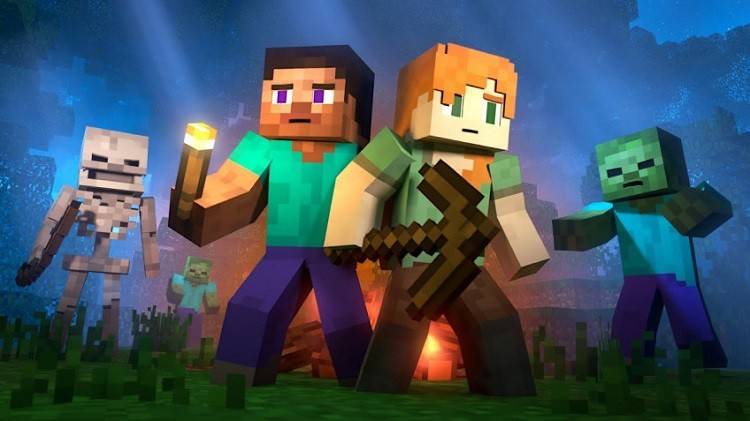
Image: aparat.com
Below is a detailed list of significant Minecraft versions post-launch:
| **Name** | **Description** |
| Minecraft Classic | The original free version of Minecraft. |
| Minecraft: Java Edition | Does not support cross-platform play. Includes the Bedrock Edition on PC. |
| Minecraft: Bedrock Edition | Supports cross-platform play with other Bedrock versions. Includes Java on PC. |
| Minecraft Mobile | Offers cross-platform play with other Bedrock versions. |
| Minecraft for Chromebook | Available on Chromebooks. |
| Minecraft for Nintendo Switch | Includes the exclusive Super Mario Mash-up kit. |
| Minecraft for PlayStation | Supports cross-platform play with other Bedrock versions. |
| Minecraft for Xbox One | Partially includes the Bedrock edition; no longer receiving updates. |
| Minecraft for Xbox 360 | Support ended after the Aquatic Update. |
| Minecraft for PS4 | Partially includes the Bedrock edition; no longer receiving updates. |
| Minecraft for PS3 | Support ended. |
| Minecraft for PlayStation Vita | Support ended. |
| Minecraft for Wii U | Offers off-screen play mode. |
| Minecraft: New Nintendo 3DS Edition | Support ended. |
| Minecraft for China | Available exclusively in China. |
| Minecraft Education | Designed for educational purposes, used in schools and educational clubs. |
| Minecraft: PI Edition | Educational version running on Raspberry PI. |
Minecraft's history is a testament to its enduring impact. Beyond just a game, it has evolved into a vibrant ecosystem encompassing gaming communities, YouTube channels, merchandise, and competitive events where players race to build structures. Regular updates continue to enhance the game, introducing new biomes, characters, and features to keep the community engaged.

 Latest Downloads
Latest Downloads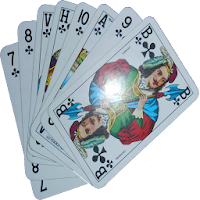
 Downlaod
Downlaod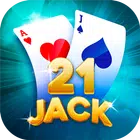


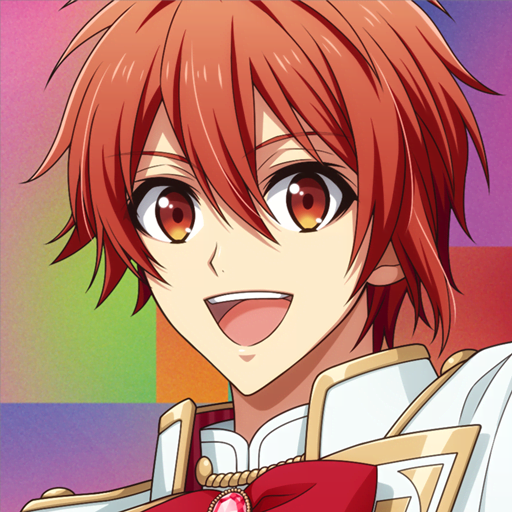
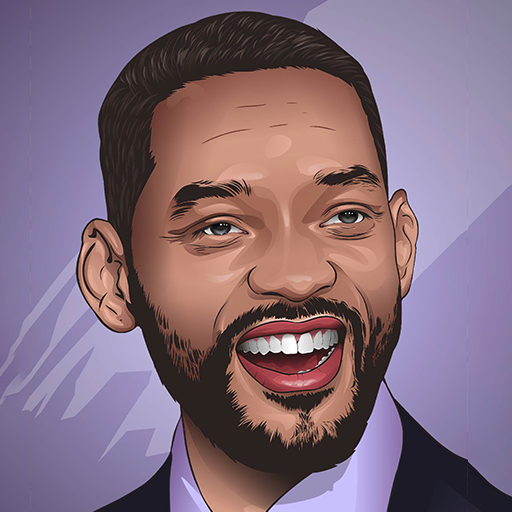
 Top News
Top News